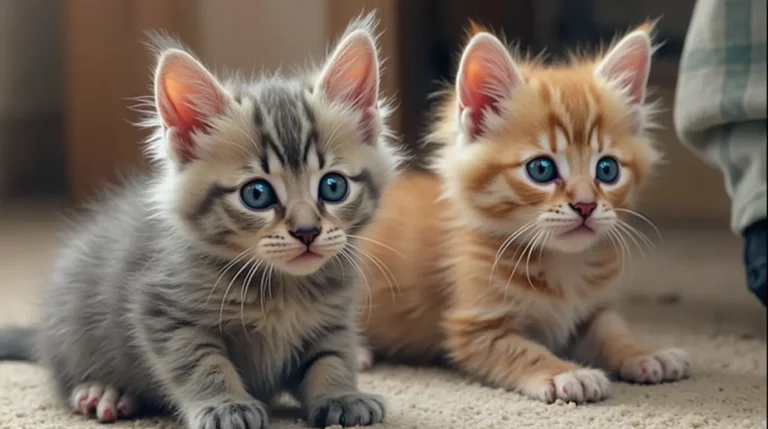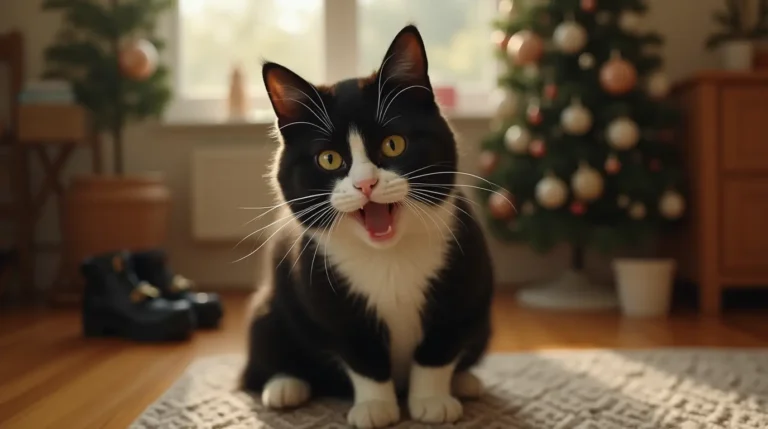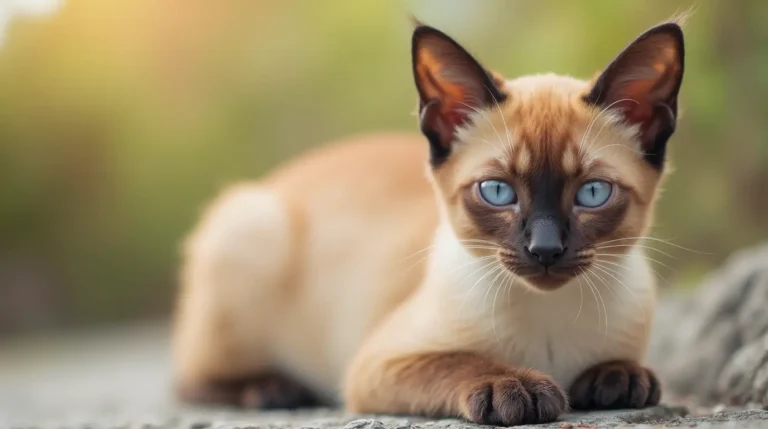The Ultimate Guide to Hairless Cats: Everything You Need to Know
Are you fascinated by those wrinkly, velvety-skinned felines that look like they stepped out of an alien world? Hairless cats have captivated pet lovers worldwide with their unique appearance and affectionate personalities. Whether you’re considering adopting a hairless cat or simply curious about these extraordinary creatures, this comprehensive guide will walk you through everything you need to know about these remarkable felines.
What is a Hairless Cat? Why Are They Unique?

Hairless cats are feline breeds characterized by their lack of a traditional fur coat. While some may have a fine peach-fuzz covering or sparse hair on specific body parts, they’re predominantly known for their exposed skin. What makes hairless cats truly unique isn’t just their appearance—it’s their warm body temperature, increased metabolism, distinct personalities, and special care requirements that set them apart from their furry counterparts.
These special felines aren’t just striking in appearance; they form incredibly strong bonds with their human companions, often being described as “dog-like” in their loyalty and affection. Owning a hairless cat isn’t just adopting a pet—it’s welcoming a warm, loving companion who will literally stick to you like glue (sometimes literally, as their oily skin adheres to surfaces!).
Hairless Cat Breeds: A Detailed Look
Sphynx
- History and Origins: The most recognized hairless breed, the Sphynx originated in Canada in the 1960s from a natural genetic mutation.
- Physical Characteristics: Medium-sized with a muscular build, large ears, lemon-shaped eyes, and wrinkled skin.
- Personality: Extremely social, playful, and attention-seeking. They’re known for their dog-like loyalty.
- Care Requirements: Weekly bathing, regular ear cleaning, nail trimming, and protection from sun and cold.
Donskoy (Don Sphynx)
- History and Origins: Discovered in Russia in 1987, the Donskoy’s hairlessness comes from a dominant gene (unlike the Sphynx’s recessive gene).
- Physical Characteristics: Medium-sized with webbed feet, almond-shaped eyes, and distinctive wrinkles.
- Personality: Intelligent, affectionate, and good with children and other pets.
- Care Requirements: Similar to the Sphynx, with special attention to their more sensitive skin.
Peterbald
- History and Origins: Developed in Russia in 1994 by crossing Donskoys with Oriental Shorthairs.
- Physical Characteristics: Elegant, slim build with almond-shaped eyes and large ears.
- Personality: Highly intelligent, curious, and deeply attached to their humans.
- Care Requirements: Less oily skin than Sphynx cats but requires regular maintenance.
Ukrainian Levkoy
- History and Origins: A newer breed developed in Ukraine by crossing Donskoys with Scottish Folds.
- Physical Characteristics: Distinguished by their folded ears combined with hairlessness.
- Personality: Friendly, playful, and adaptable to various households.
- Care Requirements: Regular skin care and special attention to their ears due to the fold.
Elf Cat
- History and Origins: Created by crossing Sphynx with American Curls, emerging in 2006.
- Physical Characteristics: Hairless with distinctively curled ears that give them an “elfin” appearance.
- Personality: Energetic, affectionate, and particularly interactive with their human families.
- Care Requirements: Standard hairless cat care with attention to their unique ears.
Bambino
- History and Origins: Developed by crossing Sphynx with Munchkins, resulting in a short-legged hairless cat.
- Physical Characteristics: Small stature with short legs and the typical Sphynx body type.
- Personality: Playful, curious, and sociable despite their shorter legs.
- Care Requirements: Regular skin care with consideration for their mobility differences.
Hairless Cat Care: A Comprehensive Guide

Grooming
Unlike their furry counterparts, hairless cats require regular bathing—typically once a week—to remove excess oils that would normally be absorbed by fur. Use a gentle, cat-specific shampoo and ensure thorough drying afterward. Their ears need weekly cleaning to prevent wax buildup, and their nails should be trimmed regularly as they lack the natural wearing down that comes with scratching.
Skin Care
Hairless cats’ exposed skin makes them vulnerable to:
- Sun damage: Apply pet-safe sunscreen when they’re exposed to direct sunlight
- Dryness: Use specialized moisturizers formulated for cats when skin appears dry
- Acne: Clean skin folds regularly to prevent bacterial growth
- Temperature sensitivity: Monitor exposure to both heat and cold
Diet and Nutrition
Due to their higher metabolism, hairless cats typically require:
- 20-30% more calories than furry cats
- High-quality protein sources
- Omega fatty acids for skin health
- Consistent feeding schedule to maintain energy levels
Environmental Needs
- Maintain warm home temperatures (above 70°F/21°C)
- Provide cozy beds, heated pads, and cat sweaters for colder months
- Ensure sheltered outdoor spaces if allowed outside
- Create sunbathing spots away from direct window exposure
Hairless Cat Health: What to Watch For

Common Health Concerns
- Hypertrophic Cardiomyopathy (HCM): A heart condition more prevalent in certain hairless breeds
- Skin issues: Rashes, sunburn, acne, and fungal infections
- Dental problems: More common in some hairless breeds
- Temperature regulation challenges: Both overheating and getting too cold
Preventative Care
- Schedule bi-annual veterinary check-ups
- Maintain regular skin inspections
- Consider HCM screening for at-risk breeds
- Keep vaccinations current
- Implement a thorough dental care routine
Finding a Good Veterinarian
Look for a vet experienced with hairless breeds who understands their unique needs. Not all veterinarians have extensive experience with these special cats, so seeking recommendations from breeders or other hairless cat owners can be invaluable.
Is a Hairless Cat Right for You?
Considerations Before Getting a Hairless Cat
- Are you prepared for their intensive care routine?
- Can you provide a warm environment year-round?
- Is your household suitable for a highly social pet?
- Do you have time for their grooming needs?
Cost of Ownership
Initial costs: Hairless cat price typically ranges from $1,500-$5,000 from reputable breeders Ongoing expenses:
- Higher food costs due to increased metabolism
- Grooming supplies (specialized shampoos, moisturizers)
- Potential for higher veterinary costs
- Clothing/bedding for temperature regulation
Lifestyle Compatibility
Hairless cats thrive in homes where:
- Someone is present most of the day
- There’s interaction and stimulation
- Temperature is consistently regulated
- Their special needs won’t be viewed as burdensome
Adopting vs. Buying a Hairless Cat
Pros and Cons
Adoption:
- Lower cost (typically $200-600)
- Giving a home to a cat in need
- May already have some training/socialization
- Limited availability
Purchasing from Breeders:
- Health guarantees and known genetics
- Support from experienced breeders
- More predictable temperament and characteristics
- Higher cost ($1,500-$5,000+)
Finding Reputable Sources
When seeking a hairless kitten, research:
- Breeders with health testing protocols
- Specialized hairless cat rescues
- Referrals from veterinarians or current owners
- Avoid deals that seem “too good to be true”
Debunking Common Myths
- Myth: Hairless cats are hypoallergenic Reality: While they produce less dander, their skin oils can still trigger allergies
- Myth: Hairless cats don’t need bathing Reality: They need more frequent bathing than furry cats
- Myth: They’re low-maintenance pets Reality: They require significant, specialized care
- Myth: They’re unnatural or unhealthy Reality: When properly cared for, hairless cats live full, healthy lives
Frequently Asked Questions
Q: How long do hairless cats live? A: With proper care, most hairless cats live 13-15 years, similar to other indoor cats.
Q: Do hairless cats smell? A: Without regular bathing, they can develop a slightly oily or yeasty smell due to skin oil accumulation.
Q: Are hairless cats good with children? A: Most hairless breeds are extremely social and do well with gentle, respectful children.
Q: Can hairless cats go outside? A: They should primarily be indoor cats due to their sensitivity to temperature and sun exposure.
Q: Why are hairless cats so expensive? A: Their specialized breeding, rarity, and high demand contribute to the elevated hairless cat price.
Conclusion
Hairless cats offer a uniquely rewarding companionship experience for the right owner. Their distinctive appearance, affectionate nature, and special needs create a pet relationship unlike any other. While they require more specialized care than conventional cats, many owners find the warm cuddles, playful antics, and deep bonds worth every extra effort.
If you’re considering bringing a hairless cat into your life, take time to research breeds, connect with current owners, and honestly assess your lifestyle compatibility. Whether you choose to adopt or work with a reputable hairless cat breeder, preparing properly for your new companion will set the foundation for years of joy with these extraordinary felines.
Remember, the commitment to a hairless cat goes beyond their striking appearance—it’s a promise to provide the specialized care these special creatures need to thrive.







